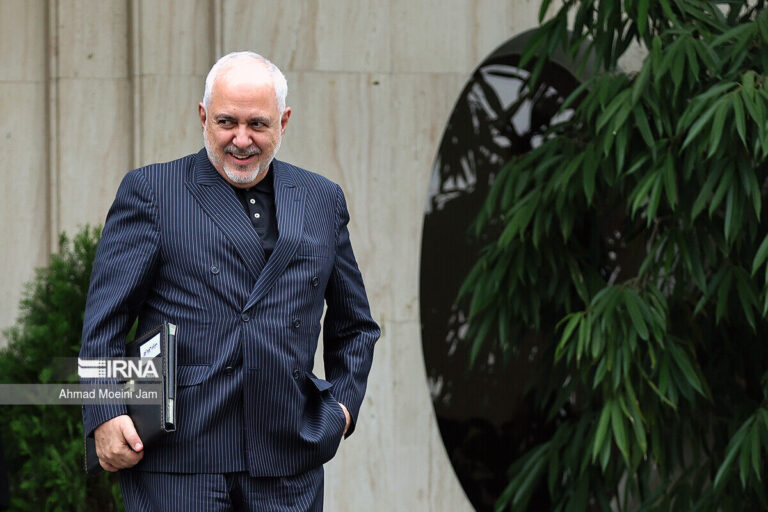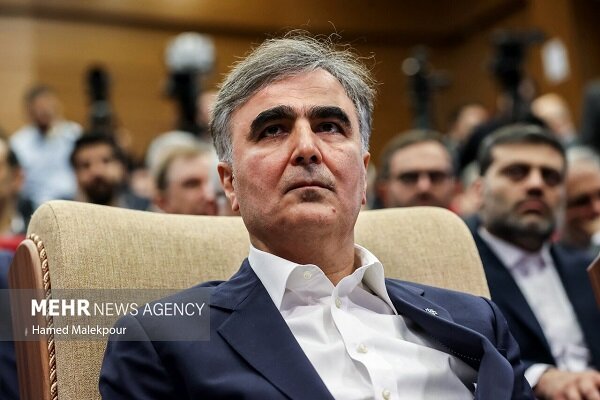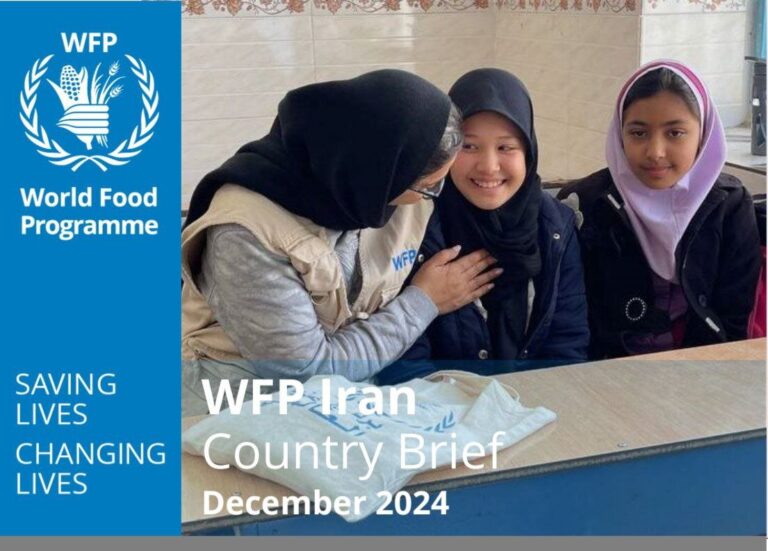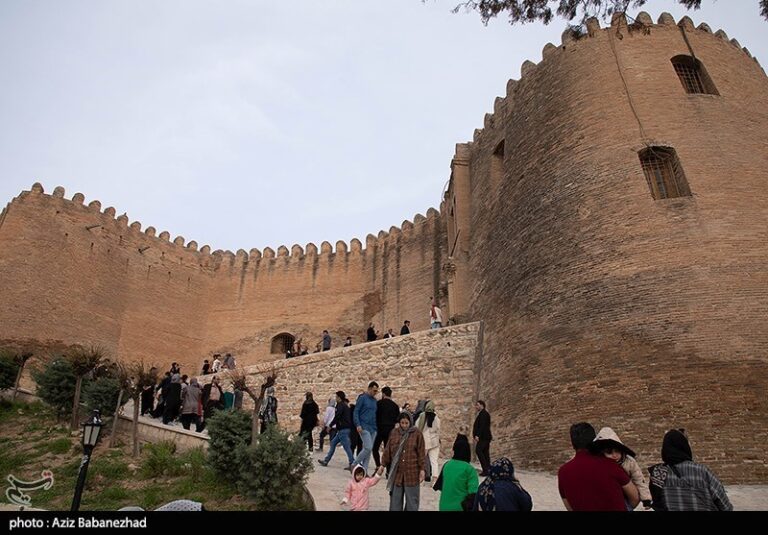Hasanlu Golden Bowl Festival Officially Joins Iran’s National Tourism Calendar: A Cultural Celebration Awaits!
The Hasanlu Golden Bowl Festival, a significant cultural event in Iran, has been officially recognized in the national tourism calendar. This festival, celebrated annually in Naghadeh, West Azarbaijan province, offers a unique opportunity to immerse oneself in the rich traditions and history of the region.
Morteza Safari, the provincial tourism chief, recently announced this important milestone. He emphasized that the festival is not just a celebration, but a vital initiative aimed at reviving local traditions and enhancing public awareness of the area’s cultural and historical identity. The festival features a range of cultural, artistic, and social programs designed to engage and educate attendees.
This year, the Hasanlu Golden Bowl Festival is scheduled to take place from August 11 to 16 at the archaeological site of Teppeh Hasanlu in Naghadeh. “The event celebrates the discovery of one of Iran’s most iconic ancient artifacts – the Golden Bowl of Hasanlu,” Safari stated. This festival aligns with the anniversary of the bowl’s discovery, commemorating its profound historical significance.
The Golden Bowl, a masterfully crafted ancient vessel, is believed to date back to around 800 BC. It was discovered in 1958 during excavations led by American archaeologist Robert H. Dyson at Teppeh Hasanlu, located near the city of Naghadeh in northwest Iran. Today, this remarkable relic is preserved in the National Museum of Iran in Tehran.
In addition to the Golden Bowl, numerous significant artifacts were unearthed at Hasanlu, including:
- An elaborately decorated silver bowl
- Several iron garment pins topped with bronze lions
- A solid gold bowl
- A knife handle adorned with gold cloisonné
- Two hollow bronze horse heads used for holding liquids
According to the Britannica Encyclopedia, Hasanlu was inhabited from approximately 2100 to 825 BC, with the most affluent period occurring during the 10th and 9th centuries BC. This era, often referred to as the “Mannaean” period, is characterized by distinctive gray pottery alongside black and red varieties, with the black ware showcasing a higher quality likely inspired by metal vessels.
Experts have noted that the motifs found on the Hasanlu artifacts bear similarities to designs from Elam, Assyria, northern Syria, and Urartu. This suggests a significant cultural exchange, where Iran not only absorbed artistic influences from surrounding regions but also played a role in shaping the cultural landscape of West Asia.
The annual Hasanlu Golden Bowl Festival serves as a platform to highlight these historical connections and celebrate the region’s rich heritage. Attendees can expect a variety of engaging activities, including:
- Cultural performances showcasing traditional music and dance
- Art exhibitions displaying local craftsmanship
- Workshops focused on historical crafts and techniques
- Community gatherings fostering local participation
This festival not only honors the Golden Bowl but also strengthens community ties and promotes tourism in the region. It presents an excellent opportunity for visitors to explore the history of Hasanlu and appreciate the significance of the discoveries made at this site.
As the festival approaches, anticipation builds among local communities and tourists alike. The event promises to be a vibrant celebration of culture, history, and tradition, inviting all to experience the rich heritage of Naghadeh and the legacy of the Golden Bowl of Hasanlu. For those interested in history, archaeology, and cultural exploration, this festival is a must-visit event that promises to leave lasting memories.
In summary, the Hasanlu Golden Bowl Festival stands as a testament to Iran’s rich historical tapestry and the importance of preserving local traditions. By attending this festival, visitors can not only enjoy a variety of cultural experiences but also contribute to the ongoing celebration of the region’s unique heritage.






